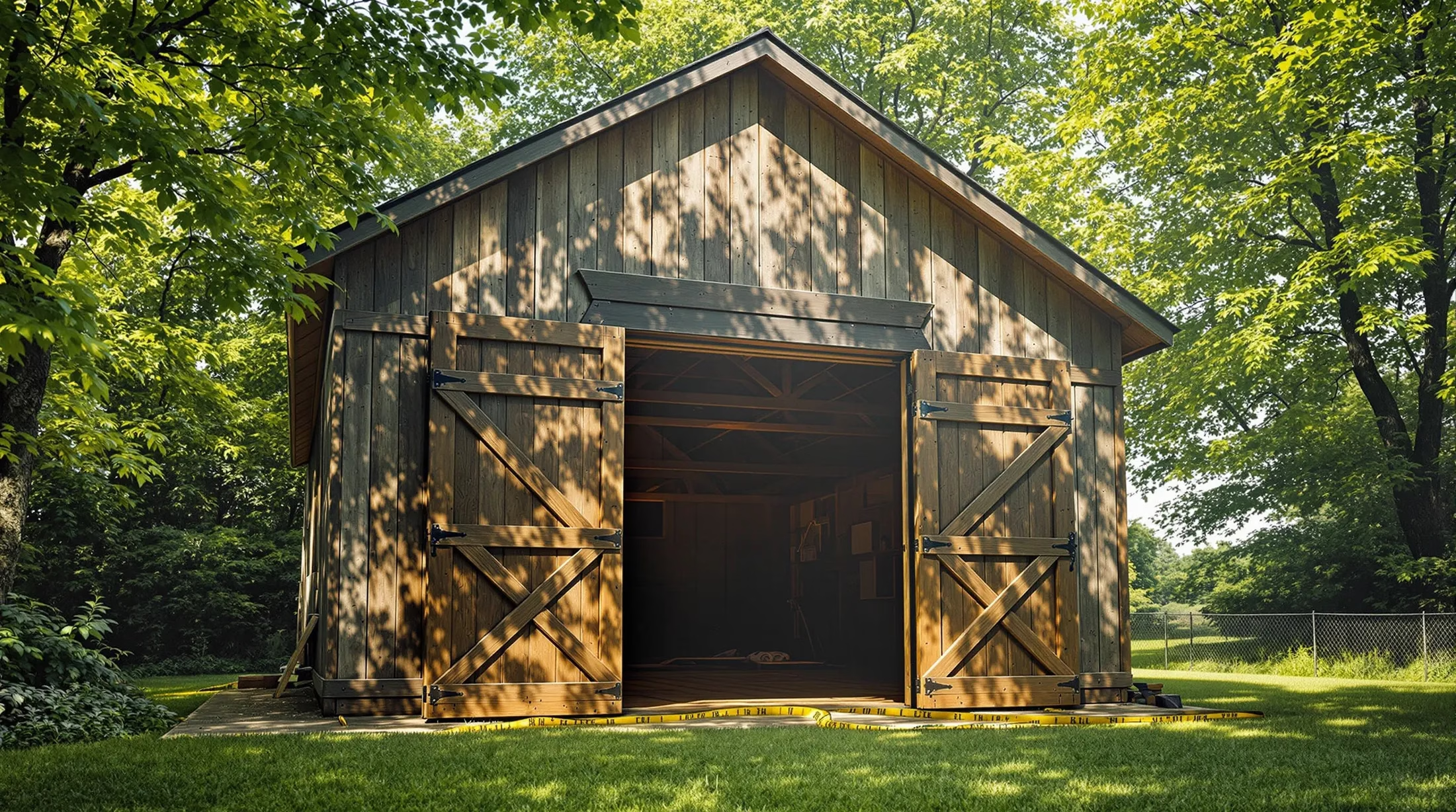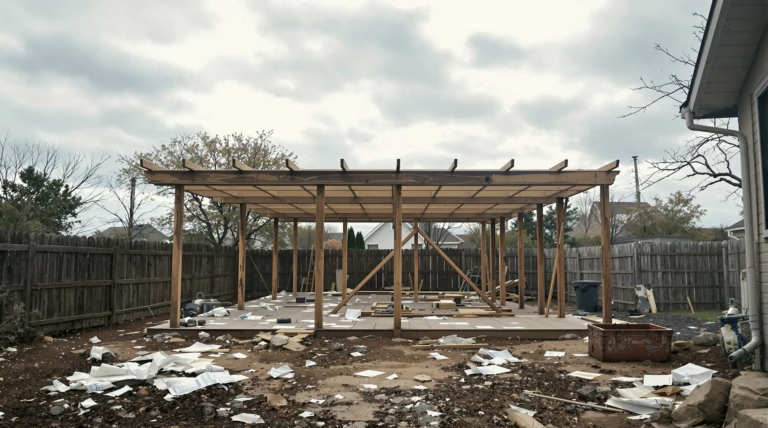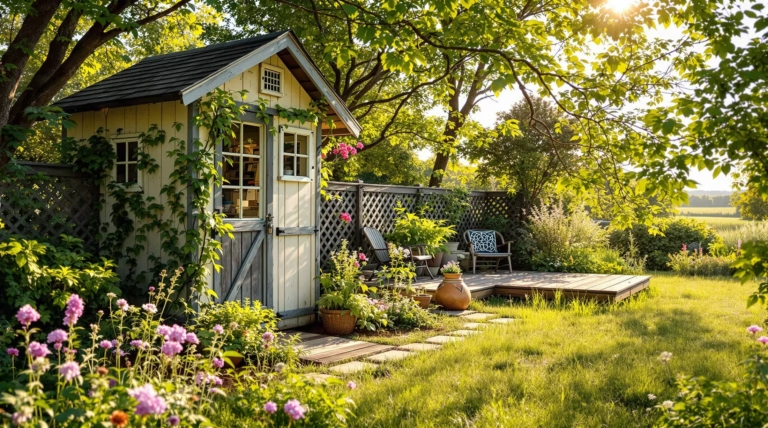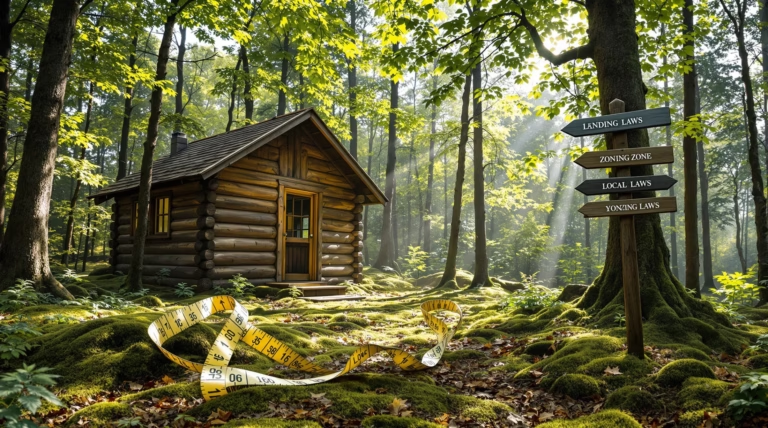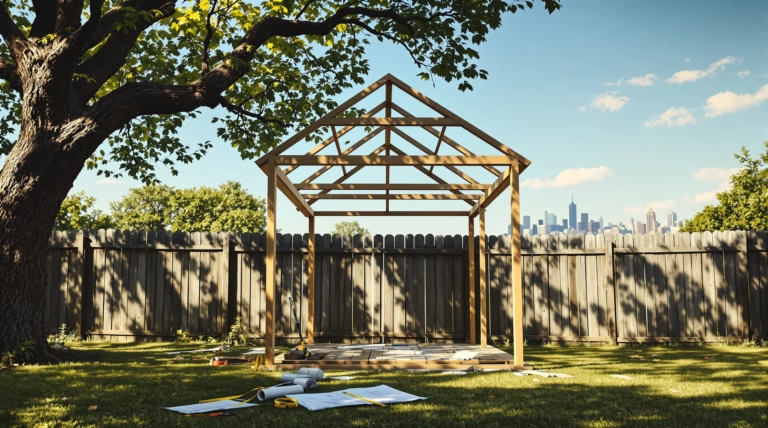What is the Biggest Shed I Can Build Without a Permit?
Planning to build a backyard shed? Before grabbing your tools, it’s essential to understand the regulations that determine whether you need a building permit. This guide will help you navigate local building codes and size restrictions to ensure your project stays compliant while avoiding unnecessary paperwork.
Understanding Shed Building Regulations
Building a shed in your backyard requires careful consideration of local regulations and building codes. While many homeowners assume they have complete freedom in shed construction, most municipalities enforce specific rules about permit requirements. These regulations ensure safety standards and zoning compliance.
The primary factor in permit requirements is typically the shed’s size. Most jurisdictions set maximum square footage thresholds between 120-200 square feet for permit-free construction. However, even permit-exempt structures must comply with height restrictions and setback requirements.
Why Permits Are Required for Sheds
Building permits serve multiple crucial functions in shed construction. They ensure:
- Structural integrity and safety standards
- Compliance with local building codes
- Protection of property values
- Proper zoning adherence
- Prevention of drainage issues
- Protection of utility lines
- Mitigation of potential fire hazards
Common Permit Exemptions for Sheds
Most areas offer permit exemptions for smaller sheds meeting specific criteria:
| Criteria | Common Exemption Limits |
|---|---|
| Size | Under 120 square feet (11 square meters) |
| Height | Maximum 12 feet (3.65 meters) |
| Setback | Minimum 6 feet from property lines |
Determining the Biggest Shed You Can Build Without a Permit
The maximum permit-free shed size typically ranges between 120 and 200 square feet across the United States. This means a 10×12 foot or even 10×20 foot shed might be exempt in many locations. However, these structures must still comply with local regulations regarding setbacks, height limits, and usage restrictions.
Factors Influencing Shed Size Without a Permit
- Property location (urban vs. rural zones)
- Lot size and existing structures
- Intended purpose (storage vs. agricultural)
- Special zoning districts
- Design features and foundation type
- HOA restrictions
- Cumulative square footage of existing structures
Examples of Maximum Shed Sizes by Region
| Region | Maximum Permit-Free Size |
|---|---|
| United States (typical) | 120 square feet |
| United Kingdom | 15 square meters |
| Australia | 10 square meters |
| Canada | 10-20 square meters |
Steps to Ensure Compliance with Local Regulations
Navigating local building regulations is essential before constructing any shed on your property. While small sheds (typically under 120-200 square feet) often don’t require permits, they must still comply with local ordinances regarding placement, height, and usage. Non-compliance could result in fines or mandatory removal of your structure.
Success in shed construction begins with thorough preparation. Research your municipality’s specific requirements for accessory structures before purchasing materials or breaking ground. Keep in mind that regulations can vary significantly between neighboring jurisdictions. Standard setback requirements typically mandate positioning sheds at least 5-6 feet from property lines and existing structures, regardless of permit status.
Researching Local Building Codes
- Identify your property’s governing jurisdiction
- Visit city or county government website’s building and zoning section
- Look for ‘accessory structures’ or ‘outbuildings’ regulations
- Review size thresholds (120-200 square feet or 10 square meters)
- Check height restrictions and foundation requirements
- Verify electrical and plumbing installation guidelines
- Research homeowners association covenants
- Document relevant code sections for reference
Consulting with Local Authorities
While online research provides foundational knowledge, direct consultation with local building authorities often reveals important nuances. Schedule a meeting with your local building department to discuss your specific shed plans. Present sketches showing dimensions, placement, and construction material details.
| Key Discussion Points | Typical Requirements |
|---|---|
| Setback Requirements | 5-6 feet from property lines |
| Zoning Overlays | Neighborhood-specific modifications |
| Permit Thresholds | 120-200 square feet |
| Construction Materials | Local code specifications |
Conclusion: Building Your Shed Without a Permit
Most jurisdictions allow construction of modest-sized sheds without building permits, with 120 square feet (approximately 11 square meters) being the standard threshold. This typically accommodates a 10×12 foot shed, providing adequate space for garden equipment, seasonal storage, or a small workshop.
Remember that permit-exempt structures must still comply with setback requirements (minimum 6 feet from property lines and existing buildings) and height restrictions (typically 12 feet maximum). Verify your local regulations before starting construction, as limits can range from 120 to 200 square feet depending on location. Following these guidelines ensures a compliant structure that meets your storage needs while avoiding permit requirements.

